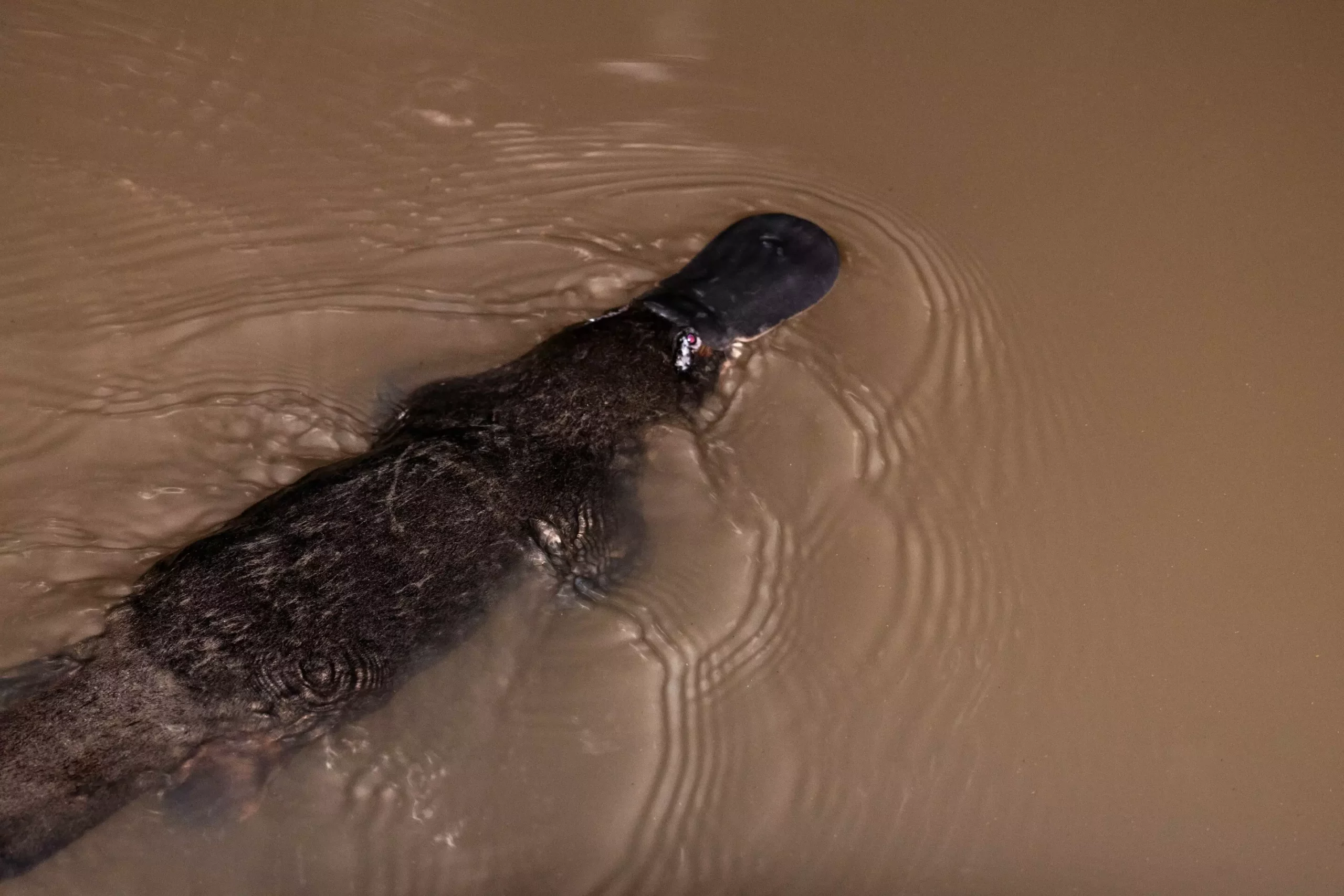

A groundbreaking study conducted by researchers at Western Sydney University has revealed alarming levels of PFOS (perfluorooctane sulfonate) chemical contamination in the livers of deceased platypuses in eastern New South Wales. The study, recently published in Environmental Science and Pollution Research, examined liver samples from nine platypuses collected over a two-and-a-half-year period. Lead researcher Katherine Warwick, a Ph.D. candidate at Western Sydney University’s School of Science, expressed shock at the widespread presence of PFOS in the wild platypus population.
PFOS is a type of PFAS (per-and poly-fluoroalkyl substances) known for its resistance to heat, water, grease, and stains. These “forever chemicals” do not break down easily, posing a significant threat to the environment and wildlife. Platypuses, as top-order predators, serve as indicators of environmental health. The findings of this study underscore the urgent need for further research into the sources and impact of PFOS contamination on platypus populations.
The study revealed concentrations of PFOS ranging from 4 to 1,200 micrograms per kilogram in the livers of wild platypuses, highlighting the widespread presence of this harmful chemical in aquatic environments. PFOS, being hydrophobic in nature, tends to adhere to sediment in water bodies. Platypuses, known for their bottom-feeding behavior, inadvertently ingest contaminated sediment while foraging for food. The accumulation of PFOS in their livers raises concerns about the long-term health effects on these unique animals.
The highest concentration of PFOS was detected in a platypus from the Hunter River in Maitland, a known hotspot for PFOS contamination. However, the lack of publicly available data for other regions where platypuses were found prompts a call for more extensive monitoring and data sharing. Researchers urge governing bodies to prioritize the protection of aquatic ecosystems and wildlife by investigating the sources of PFOS contamination and implementing necessary mitigation measures.
Katherine Warwick’s research, under the supervision of Associate Professor Ian Wright and Dr. Michelle Ryan, has shed light on the hidden threat of PFOS contamination in platypuses. The groundbreaking findings of this study underscore the importance of ongoing research and conservation efforts to safeguard the health of these iconic Australian animals. As Warwick continues to lead the field in promoting platypus health, her research serves as a critical foundation for future studies aimed at mitigating the impact of PFOS contamination on wildlife populations.
Radionuclides, often relegated to discussions surrounding nuclear energy and radioactive waste, have far-ranging implications for…
Landslides have long been a concern in areas like California, where the unique geography and…
In the vastness of our galaxy, among countless stars, lies a fascinating phenomenon known as…
This week marks a monumental milestone in astronomy as the Hubble Space Telescope celebrates its…
The enigma of dark matter has captivated the scientific community for decades. Although it constitutes…
As individuals age, the likelihood of encountering age-related macular degeneration (AMD) significantly increases, posing a…
This website uses cookies.